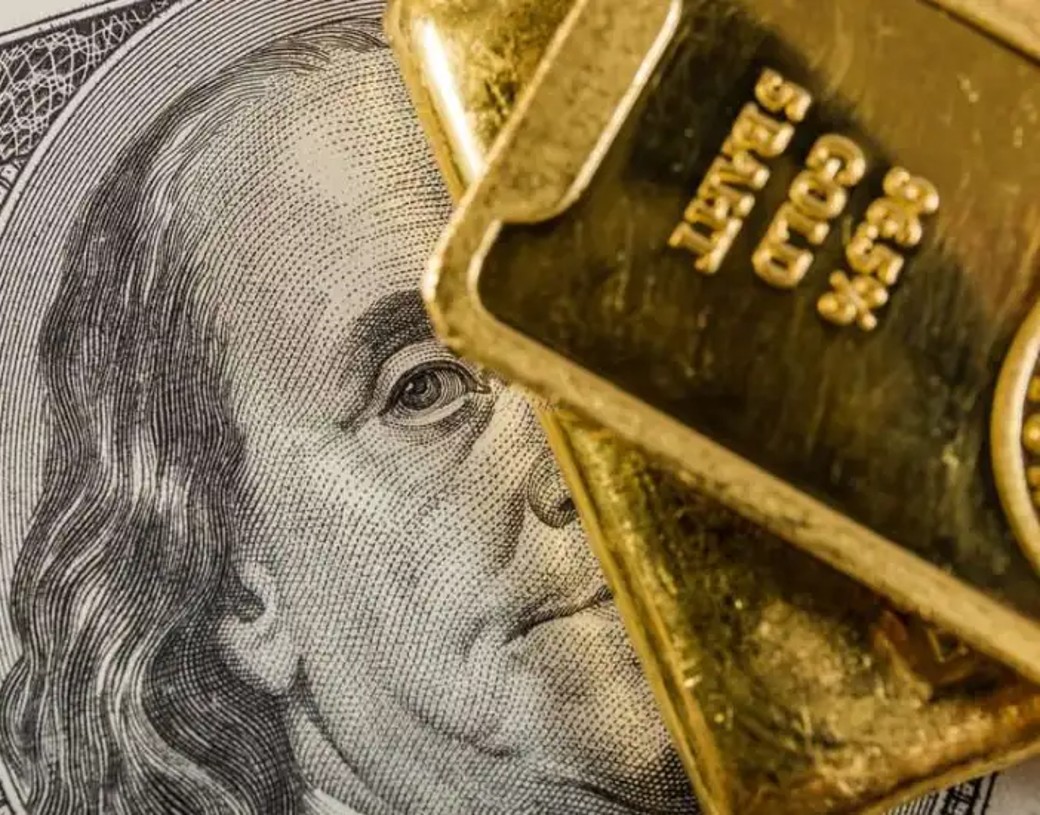Gold Surpasses US Dollar: XAU Takes the Lead
Gold has emerged as a formidable player in the global market, with XAU trading at an impressive $24k and experts predicting a surge to $2,900 in the near future. This remarkable growth in gold’s value has outshined the US dollar, causing a ripple effect in global financial dynamics.
XAU Becomes the Second Largest Asset Held in Global Banks
Recent reports from The Kobeissi Letter reveal that central banks worldwide are increasingly stocking up on gold, leading to a surge in its price and market share. Gold now accounts for 17.6% of international reserves, marking a significant increase over the past 27 years.
Additionally, global central banks’ relentless acquisition of gold is priming XAU for substantial price hikes in the coming months. This trend underscores the growing preference for gold as a stable asset amidst economic uncertainties.
Insight: The Rise of Gold Amidst Economic Turbulence
As central banks boost their gold reserves, XAU has positioned itself as the second-largest asset in global central banks’ reserves, surpassing the Euro for the first time. This shift reflects a broader trend of increasing demand for gold as a safe haven asset in the face of geopolitical and economic uncertainties.
The US Dollar’s World Share Declined By 48%
The US dollar, long considered the dominant currency in global trade, has seen its share of world reserves decline by 48% as central banks pivot towards gold. The contrast between the dwindling value of the US dollar and the rising prominence of gold emphasizes a significant shift in the global economic landscape.
Furthermore, with mounting pressure from emerging currency contenders like gold and Bitcoin, along with escalating debt levels, the US dollar’s future as the top reserve currency is facing unprecedented challenges. As international alliances like BRICS and ASEAN advocate for a multipolar world, the USD may encounter further obstacles if its value continues to deteriorate rapidly.
The evolving dynamics between gold and the US dollar serve as a testament to the changing tides of the global economy, with investors and central banks diversifying their portfolios to navigate the uncertainties ahead.









